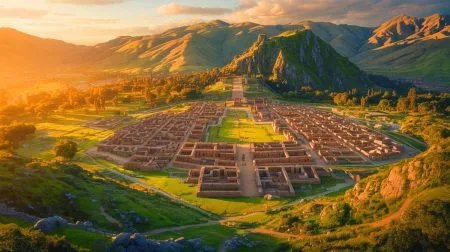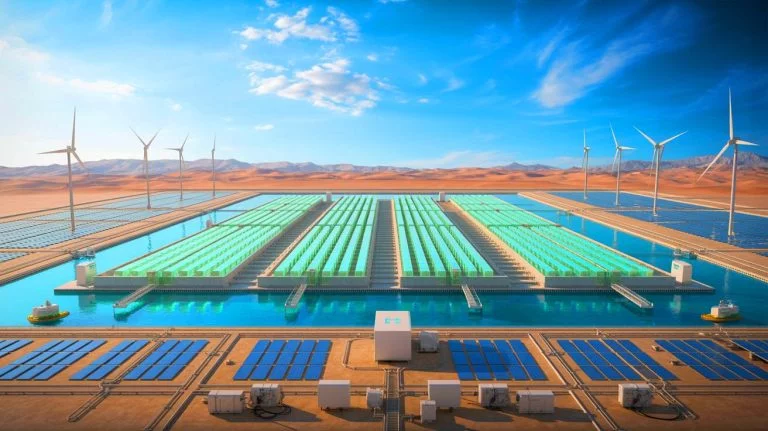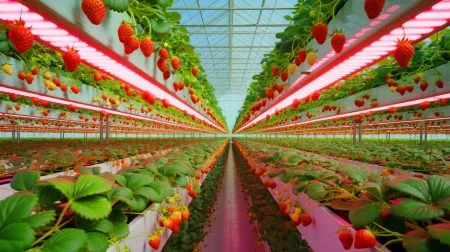| IN A NUTSHELL |
|
Saudi Arabia is making significant strides in the global green hydrogen market with its announcement of a new facility in Yanbu. This ambitious project, led by ACWA Power in collaboration with Germany’s EnBW, is set to nearly double the size of the ongoing Neom project. With a capacity to produce 400,000 tons of green hydrogen annually, which will be converted into ammonia for global export, the Yanbu Green Hydrogen Hub marks a major step in Saudi Arabia’s clean energy ambitions. This facility aims to position the Kingdom as a leader in hydrogen exports, aligning with its broader vision for energy diversification and economic growth.
Massive Scale and Advanced Infrastructure
The Yanbu project is not just about hydrogen production; it is a comprehensive initiative that includes a wide range of supporting infrastructure. Central to the facility’s operations will be a 4-gigawatt electrolyzer setup. To ensure a steady supply of purified water necessary for the electrolysis process, the project will feature advanced desalination systems. Additionally, a dedicated export terminal will facilitate the efficient transport of green ammonia to international markets.
However, the current design does not incorporate the renewable power generation needed to make the hydrogen entirely green. Instead, the facility is expected to rely on large solar and wind farms for its electricity needs. This aspect of the project, while not part of the initial contract, is crucial to achieving carbon-free hydrogen production. Técnicas Reunidas and Sinopec, who have been awarded the front-end engineering design (FEED) contract, will play a key role in developing this infrastructure.
How the eyewear industry is adopting green practices to foster sustainability
Ambitions for Regional Leadership
Saudi Arabia’s investment in the Yanbu Green Hydrogen Hub is part of a broader strategy to become a global leader in hydrogen exports. The Kingdom has committed to investing up to $270 billion in energy by 2030, with the goal of supplying 10% of the world’s hydrogen exports. This aligns with regional ambitions, as the Gulf countries increasingly look to diversify their economies and reduce reliance on fossil fuels.
According to Pierre-Etienne Franc, CEO of Hy24, “The region is the next big place for hydrogen.” This statement underscores the intense competition in the Middle East and North Africa, where countries like the United Arab Emirates and Morocco are also making significant investments in hydrogen infrastructure. Collectively, these efforts represent a substantial portion of the global electrolysis capacity currently under development, though many projects still await final investment decisions.
Global Competition and Market Challenges
As the global hydrogen sector expands, competition among suppliers is intensifying. Saudi Arabia is banking on large-scale investments in production and infrastructure to secure its position as a dominant player in the green hydrogen and ammonia markets. However, the success of these initiatives will depend on a variety of factors, including the ability to offer hydrogen at a competitive global price.
Technological advancements in electrolyzer systems and the robustness of supply chains will be critical in determining the project’s viability. The Yanbu hub’s success is not solely dependent on its massive electrolyzer setup but also on its alignment with Saudi Arabia’s broader energy transition goals. Técnicas Reunidas and Sinopec, through their FEED contract, have initiated the detailed planning necessary to bring this ambitious vision to fruition.
Implications for Future Energy Strategies
The development of the Yanbu Green Hydrogen Hub has significant implications for both Saudi Arabia and the global energy landscape. If successful, the project could pave the way for other nations to follow suit, further accelerating the transition to clean energy sources. For Saudi Arabia, this facility represents a critical component of its Vision 2030 strategy, which aims to diversify its economy and reduce its dependence on oil revenues.
However, questions remain about the long-term sustainability and economic feasibility of such large-scale hydrogen projects. As Saudi Arabia and its regional neighbors race to lead in hydrogen exports, the coming years will be crucial in determining whether these efforts can achieve their ambitious targets. How will this push for green hydrogen reshape global energy markets, and what challenges will arise as nations compete for leadership in this emerging field?
Did you like it? 4.6/5 (23)








Wow, twice the size of Neom? 😮 That’s massive!
I’m skeptical about how “green” this hydrogen will be if they’re still relying on large solar and wind farms. Thoughts?
Thank you for the informative article. It’s fascinating to see how Saudi Arabia is diversifying its energy investments.
Can someone explain how green hydrogen is different from regular hydrogen?
Is this project really feasible by 2030, or is it just another ambitious plan that won’t meet its deadline?
Saudi’s $270 billion investment is mind-blowing. How does this compare to other countries’ investments in green energy?
What are the environmental impacts of desalination systems? Aren’t they harmful to marine life?
So basically, this project is bigger than Neom? Sounds like a power move to me! 😜
I think it’s great that Saudi Arabia is taking steps toward renewable energy, but can they deliver?
Does anyone know if the Yanbu project will create jobs for locals?
Green hydrogen sounds like a game changer. I’m excited to see where this goes! 🌍
How will Saudi Arabia ensure that the hydrogen remains competitively priced on a global scale?
Call me a cynic, but I’ll believe it when I see it. Too many big promises with little action.
Really interesting article. Thanks for sharing!
Could this project impact global oil prices in the future?
I hope the focus on hydrogen doesn’t overshadow other renewable energy sources.
Is Técnicas Reunidas a reliable partner for such a large-scale project?
Why is the export terminal a significant part of the project? 🚢
I’m just here for the potential memes about a hydrogen power grab. 😂
How does this project fit into Saudi Arabia’s Vision 2030 strategy?
The competition in the Middle East for hydrogen seems intense. Any predictions on who will come out on top?
Honestly, I’m a bit worried about the long-term sustainability of this massive project. 🤔
Can someone explain how green ammonia works? I’ve never heard of it before.
This seems like a bold step. Will other countries follow Saudi’s lead in green hydrogen?
I appreciate the detailed breakdown of the project. It’s very informative! 😊
What challenges could arise from transporting hydrogen globally?
I’m curious about the potential carbon footprint of this entire initiative.
Sounds like Saudi Arabia is gearing up for a major role in the global energy transition. Exciting times ahead! 🚀